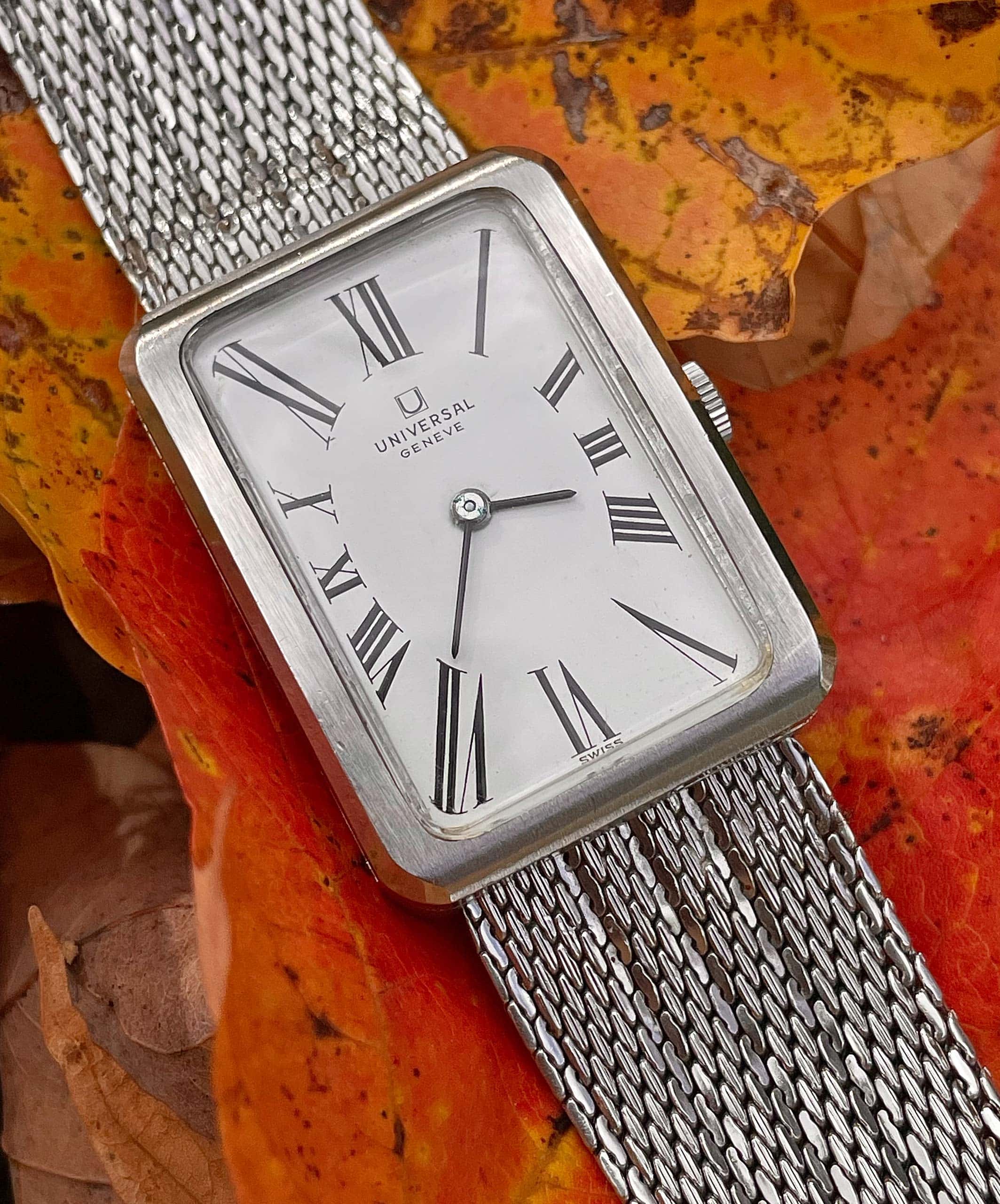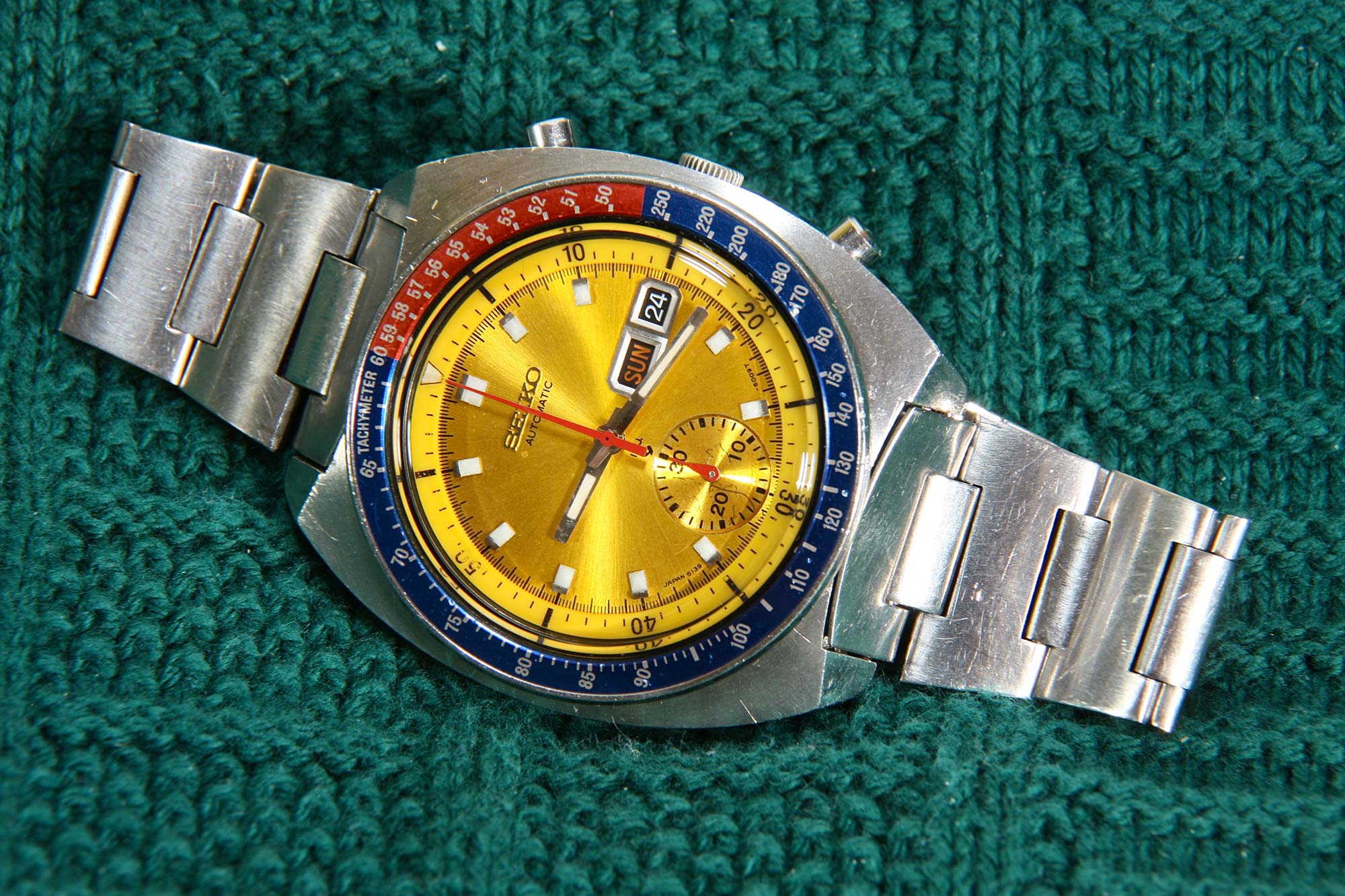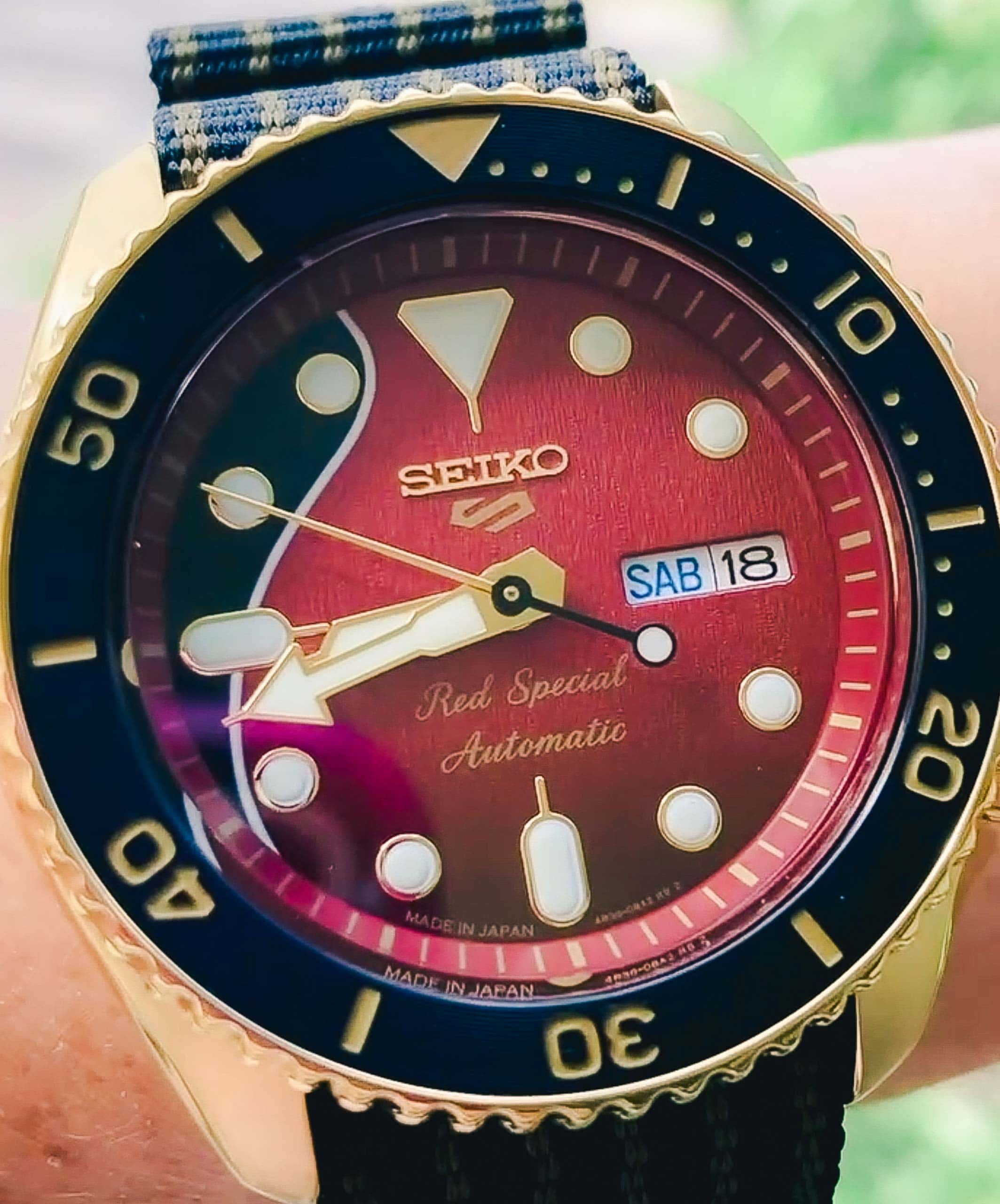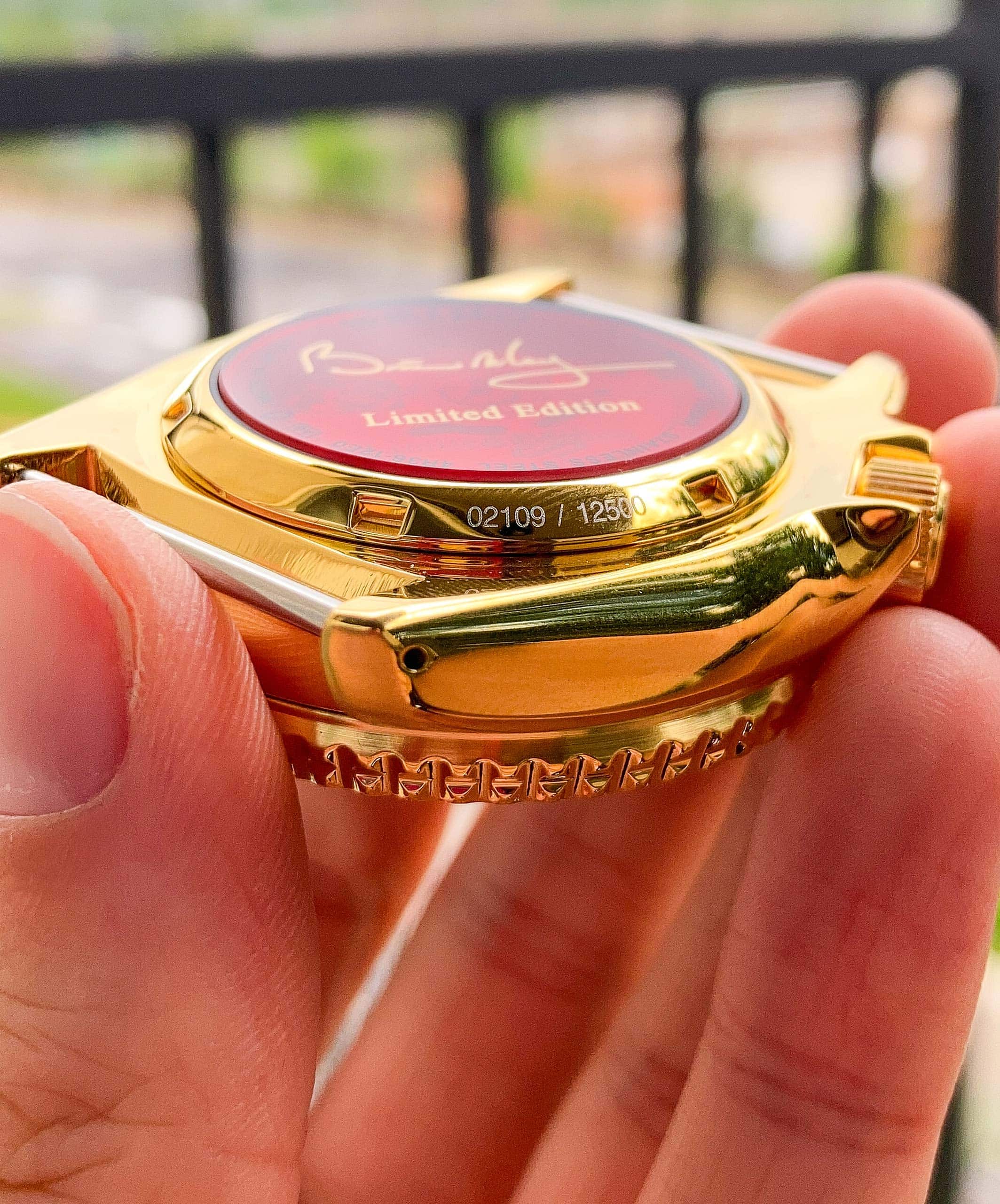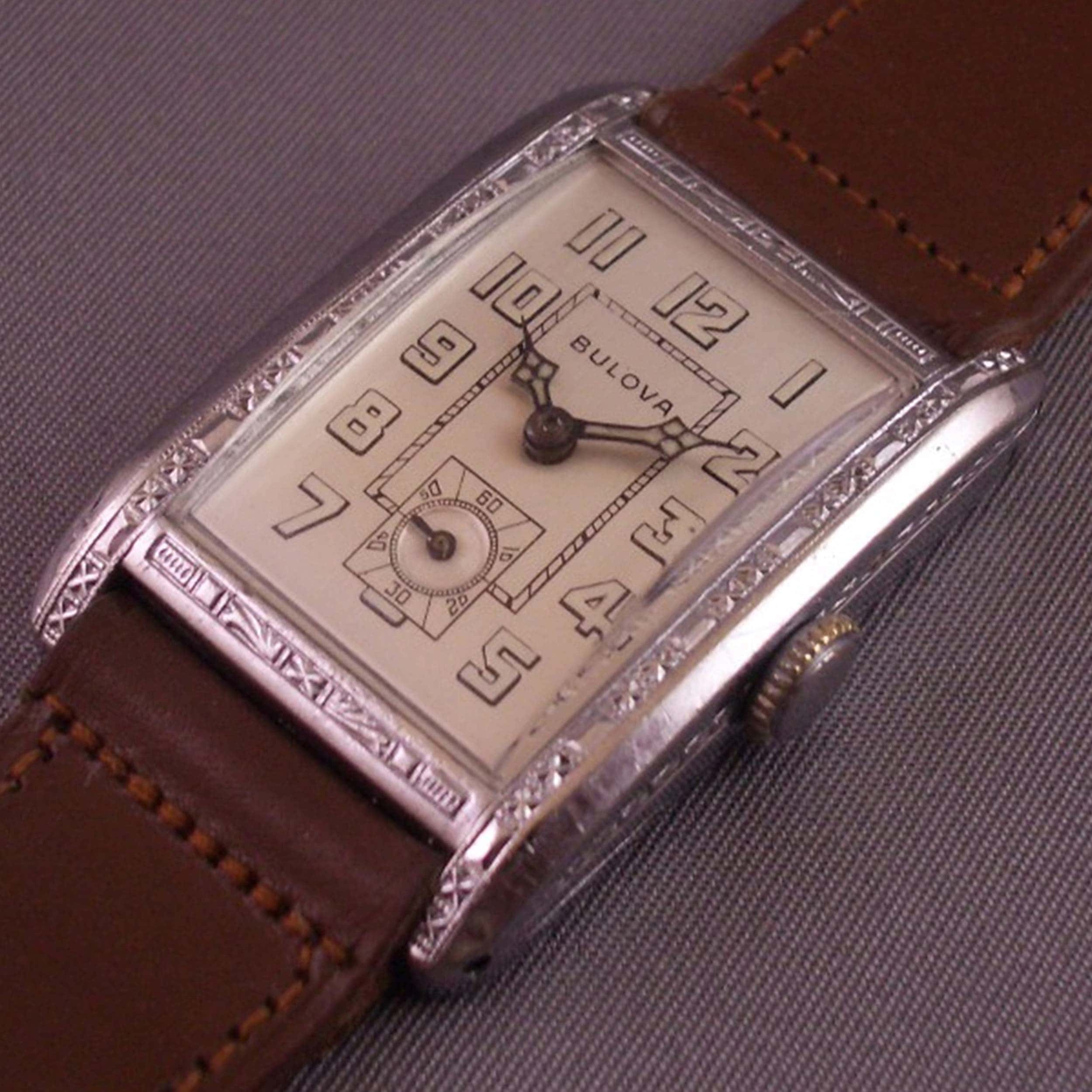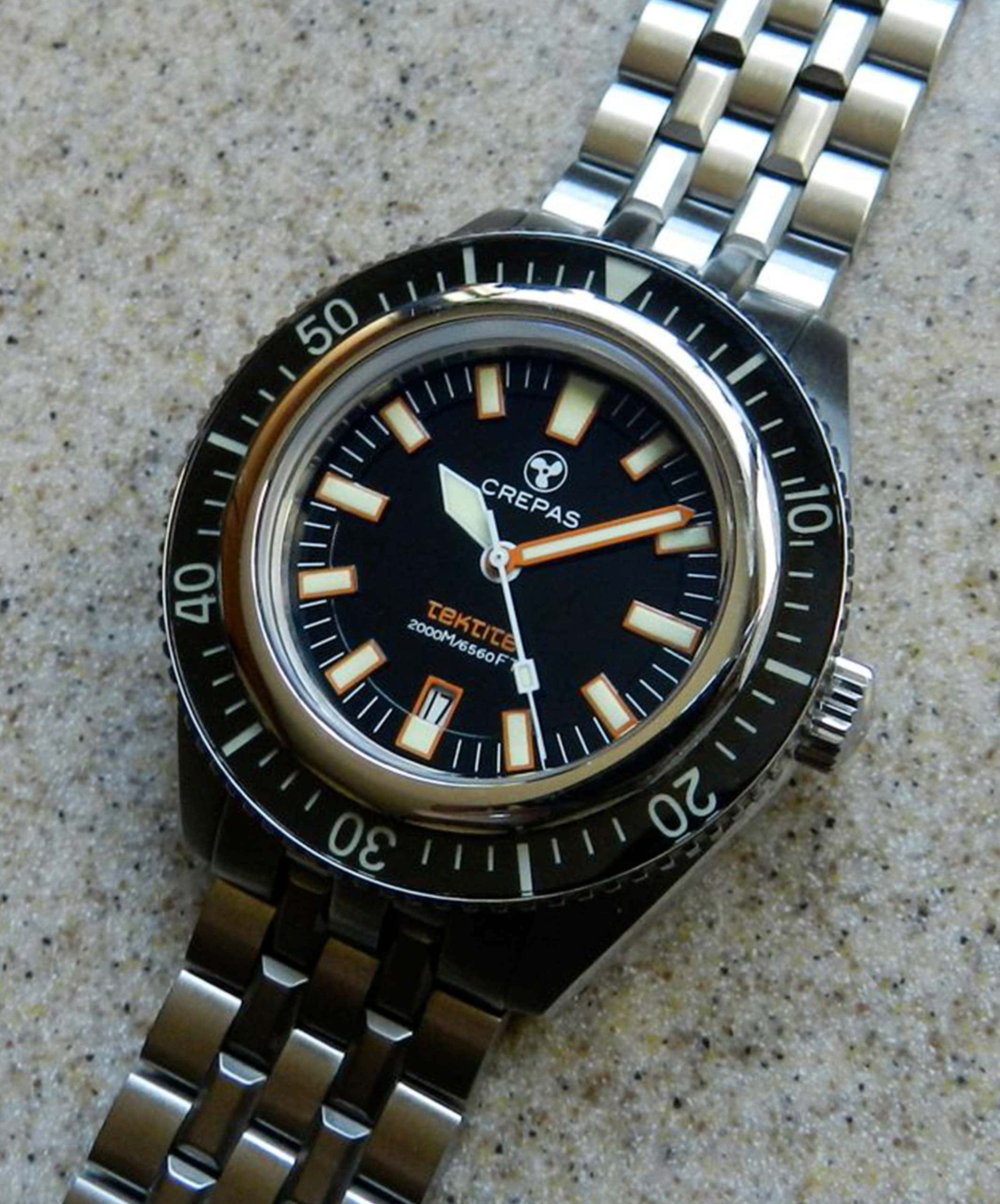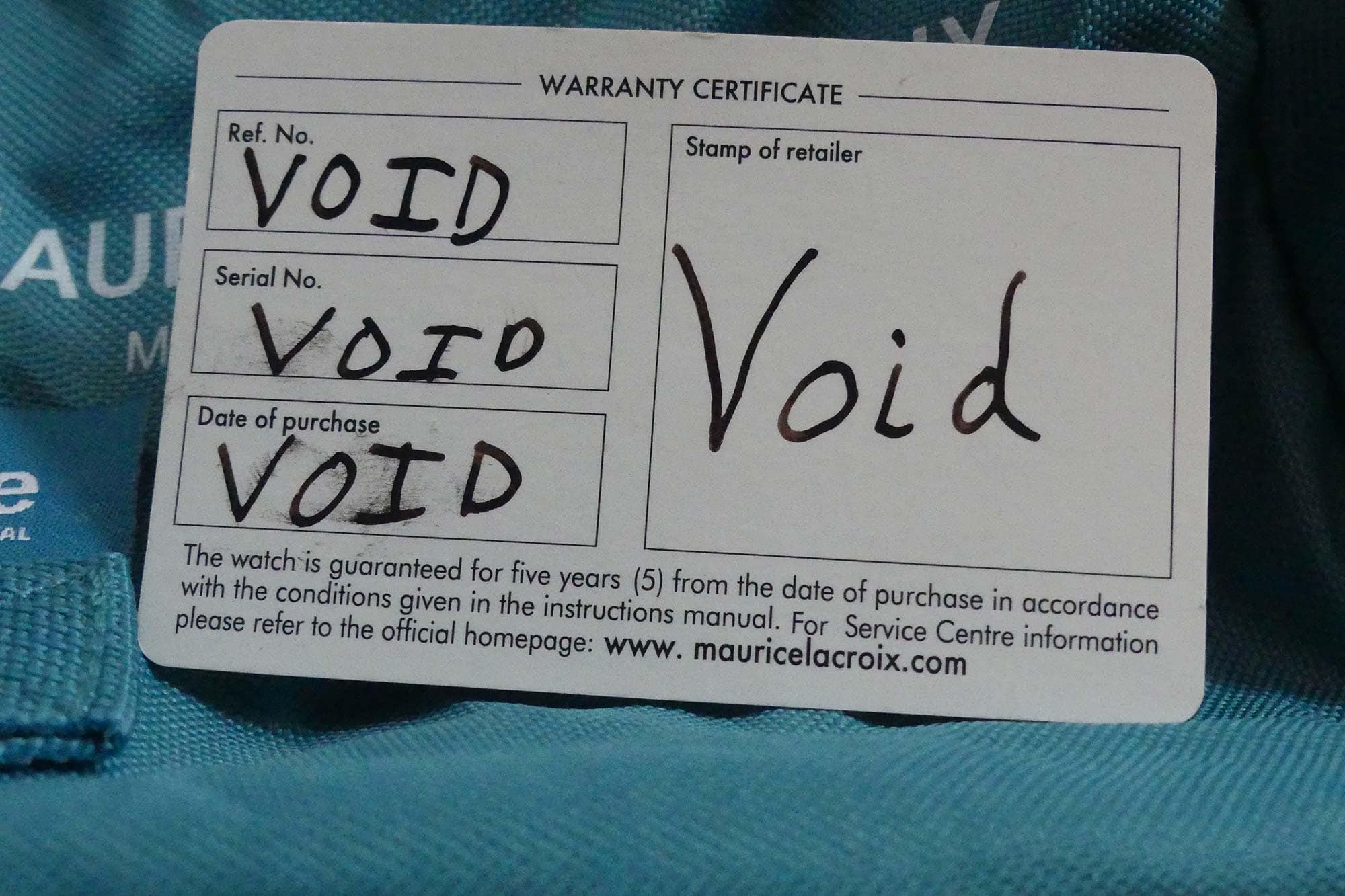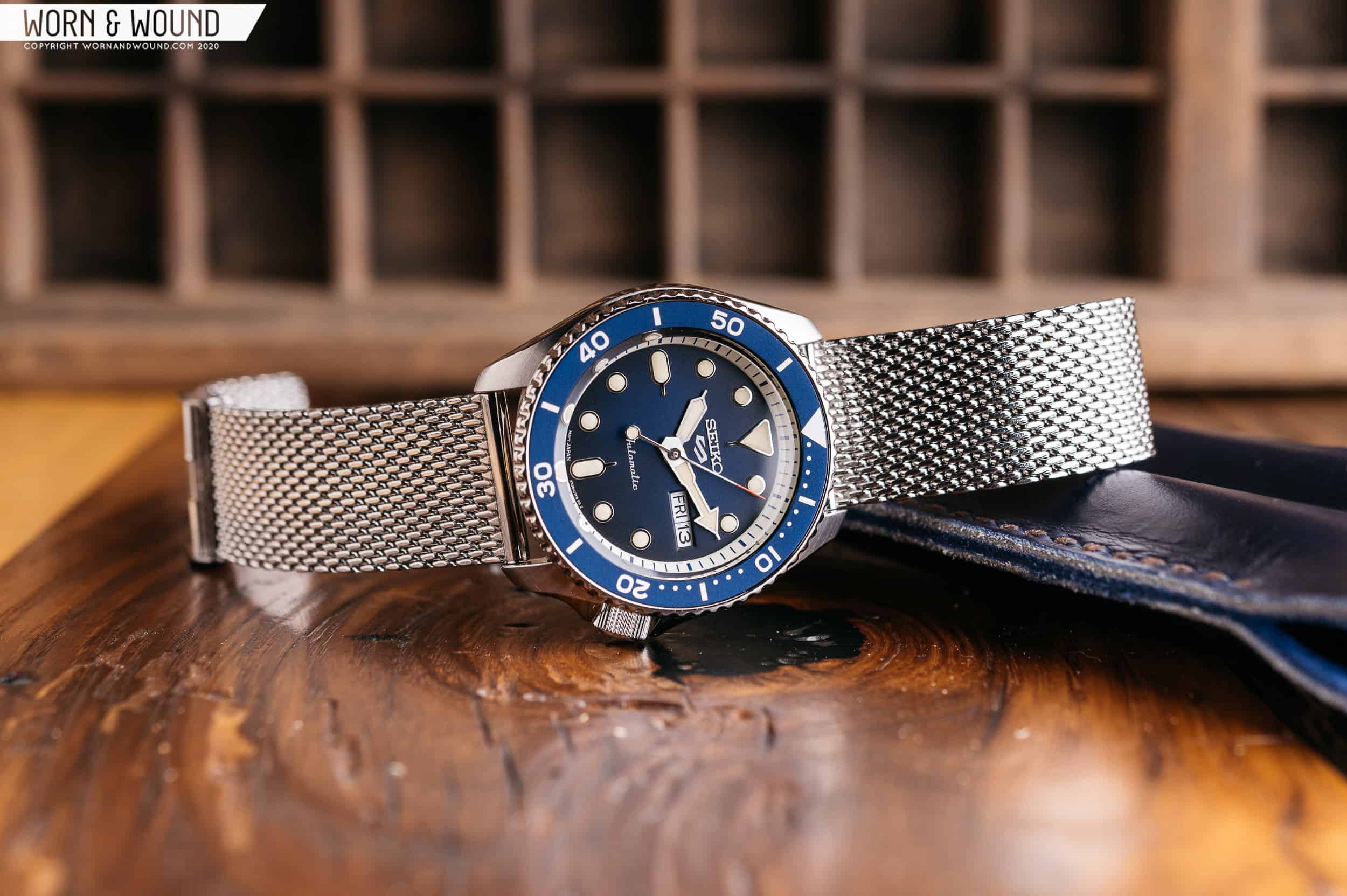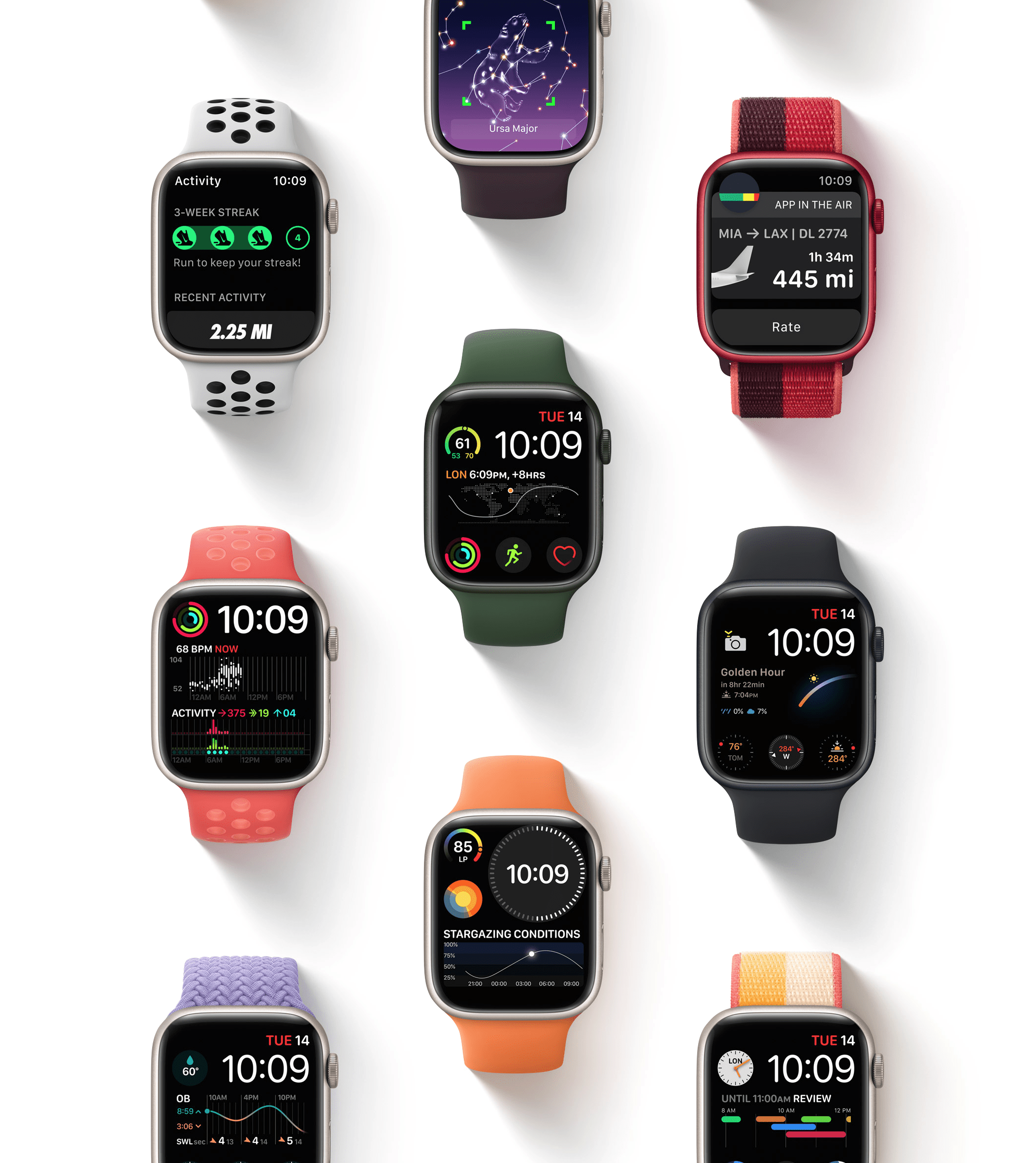Hey, nobody’s perfect. From time to time, all of us make mistakes. Watch collecting is a wonderful hobby, but it’s also complicated and full of decision points, and that means that eventually, you’ll simply screw up. What makes a mistake a mistake, though, depends on your individual collecting goals, timing, and how much you actually bothered by the consequences of picking the wrong watch or just thinking about these things in a particular way. We asked our contributors to tell us about their biggest watch collecting mistakes, and their submissions include tales of specifics watches that immediately filled them with regret, as well as how changing views of the hobby itself led to understanding they were doing it wrong from the start.
Don’t be shy, this is a safe space: let us know what your biggest watch collecting mistakes are in the comments below.
Zach Kazan
Mistakes? I’ve made a few. One of the most common maxims in our hobby is that you don’t really collect watches in the first few years you’re involved in all this, you’re just making mistakes and figuring out what you really like. When I look back at the early years of my watch enthusiasm, it looks nothing like where I’m at now. I never could have predicted how my interests would shift, and how my collecting priorities would change. I mean, there was a time in my collecting life when I thought it would be unthinkable to not have a Rolex in the watch box at all times. I was that guy! Really!
Thankfully, our long national nightmare is over, and I’ve mellowed on those types of collecting rules, to say nothing of my evolving thoughts on the Crown. But if I’m thinking about collecting mistakes, there was a period of time in my early collecting life when I was mainly focused on vintage, and maniacally focused ensuring that any vintage watch that I’d consider purchasing was in all original condition. I was so interested in collecting old watches that had been truly unmolested that I bought several watches simply because they were all original. This, looking back, was a mistake, and for me a silly way to collect. There’s real merit in collecting original examples of vintage watches to preserve a bit of history (as Christoph points out more eloquently than me in his contribution below), but this is really only rewarding if vintage watches are an enduring and primary interest. Once I tired of the headaches of owning a bunch of vintage watches, those untouched examples of unusual vintage references held far less appeal.
So if an initial focus on vintage, for me, was a top personal mistake, I have to give an honorable mention to an ill advised purchase that I somehow made twice. Yes, I’m a two time owner of the Tudor Pelagos LHD, a watch I have no bad words for except to say that it’s just not built for my wrist. I don’t remember how, exactly, I came under its spell that second time, but I remember a friend in our local collector’s group poking fun at me for going back to the well, guaranteeing that Pelagos #2 would be on the chopping block soon enough. Of course, he was right. I think I probably held on to it longer than I otherwise would to try to prove the naysayers in my ear wrong, but if I’m being honest it was almost certainly clear from the moment I placed it back on my wrist that it just wouldn’t last. Re-buying a watch is something I haven’t done since, and (likely) won’t do again.
Tommy DeMauro
When I first began collecting over a decade ago with Timex and Casio pieces, I started doing research on forums about watches and became fully engrossed in the snobbery I’m sure we’ve all experienced online at some point. The more I read, the more I began to believe that Swiss Made watches are the utmost pinnacle of watch collecting and that the pieces I began my collection with just weren’t up to snuff. It’s simply undeniable that Switzerland is a fundamental component to the history and development of horology, hosting some of the most significant brands to ever enter the watch game. However, the idea that watch collecting should start and stop at Swiss-produced pieces was a philosophy that took me a few years to move beyond. During this long-overdue process, I vividly remember selling off a few vintage watches (including Seiko, Timex, and Casio pieces) thinking that they weren’t as “good” or up to the same standards as Swiss pieces. Now, the tables have drastically turned for me. I still have numerous Swiss watches from brands like Universal Geneve, Omega, and Heuer, but the vast majority of my current collection consists of Japanese and American-made pieces. Was there any specific intent behind this evolution in my collecting habits?
It’s a bit of yes and no, really. I’ve never had a significant amount of disposable income being a full-time student for most of my adult life, so any time I wanted to pick up a new watch, the price had to be somewhat justifiable. I quickly found as my collecting journey developed that there does exist a market for actual affordable vintage Swiss watches, but there was a much larger market for other vintage pieces from manufacturers outside of Switzerland. My Seiko “Pogue” 6139-6002 has become the pride and joy of my collection, and while I still have my Universal Geneve Ref. 842116 Tank (referenced in my Year in Watches article from last year) and my 14K gold 1968 Hamilton Accumatic A-203, my watch boxes are now dominated by Seiko.
Between relative affordability and my passion for uncovering the unique and exotic late 1960s-90s Seiko, Timex, and Casio watches, I’ve come to love watches from all different manufactures and countries. I realized that what makes me interested in watch collecting was not the “Swiss Made” text at the bottom of a dial or the price tag attached, but the rare and eccentric pieces that time, consumers, and sometimes even hobbyists have forgotten about. Now I can’t help but think of all the cool stuff I passed up on when I first started collecting…
Meg Tocci
In my recent review of the newest Citizen Promasters, I mentioned I was so compelled by these smaller 37mm watches that I finally purchased one as my first ever diver. That is the truth… but here’s the truth 2.0.
My longing for a diver/dive-style watch and my subsequent research began well before the release of Citizen’s diminutive new references. In July of 2022 (oh yes, I have receipts) I thought I’d found the perfect addition to my collection. The Seiko SRPH80 had been released two months earlier in a gold PVD case and I was smitten. This diver, also known as the “Red Special,” was modeled after Queen band member Brian May’s favorite guitar of the same name. Being a huge fan of classic rock, I was intrigued. I also liked that Brian May had a bond with his instrument. I feel a deep connection to my own guitar – a Martin – which I’ve had and played since high school.
I loved this watch for the two weeks I owned it. After only fourteen days, the date wheel stopped turning and I was so disappointed. I weighed my options but ultimately decided to send it back to Seiko for a full refund. Looking back now, I imagine the fix would have been simple – it was probably just a disconnected stem – but the idea that I paid $600 for something I would then have to fix myself, was not appealing to me. Hindsight being what it is, I now wish I could have shipped it back to have Seiko fix it, or just have bought another after the initial return. But I was so spooked as a new collector that the whole situation put the kibosh on any desire I had to possibly go through it again.
Seeing how much I still love that watch today, I wish I had known that little things like this happen occasionally, and maybe shouldn’t so heavily influence my decision to keep or part with a watch. I still have it on my “to be purchased” list, but the experience oriented me to other divers even three years later. My new Citizen ProMaster has already outlasted the Brian May LE by two days, so (watch gods willing) it might be here to stay.
In the end, I really did want some Seiko to love, but it became just another one biting the dust.
Christoph McNeill
I’ve been collecting watches for nearly 30 years now (damn that makes me feel old!) and really I have few real regrets. I’ve been wracking my brain to think of one big mistake or tragic lapse in judgement, but nothing stands out. Sure, I’ve sold some watches along the way that maybe I “shouldn’t have”, but I always used the funds from those sales to buy more watches so any pangs of regret were pretty short lived. I’ve bought and sold so many watches over the years, and there isn’t any one specific sale that still hurts.
Back when I first started collecting, I was mostly into Art Deco pieces from the 1920s and 1930s. I definitely bought some that in retrospect were not entirely original; replaced hands, re-dials, incorrect crowns, etc. However I eventually sold all of those, and more often than not made a profit so no harm, no foul in the end. I did go through a phase of collecting and selling where I would buy watches and restore them. Polishing the cases, having the dials redone, and then re-selling them for a profit. Since then my collecting ethos has changed and I abhor restoration. I’m dead set against case polishing, reluming of dials and hands, and also redials. Back when I did that, I was up front about all restoration when I sold, so no guilt there at least. That said, now I feel like restoring these old watches is just reducing the number of original watches in the world, and that’s a bad thing. So I do regret contributing to the restoration of watches in general. But hey, again, I did make a profit doing that and it eventually enabled me to buy some higher end watches that I wanted and are still in my collection today.
Over the years I have acquired a few watches that didn’t work out though. Two that come to mind are the Crepas Tektite and the Crepas Cayman. Crepas is a micro-brand that produces really well made homage style divers for a very competitive price. The Tektite is a remake of the vintage Certina DS PH500M diver, and the Cayman is a remake of the Jenny Caribbean model 702 divers. Both are amazing watches that are solidly made, but they are both gargantuan! Like, serious knuckle draggers. I have an average 7.25” wrist, and I could not really swing it with those two beasts. So, I ended up having to sell them. I didn’t lose money, so again, the regret is minimal, just time lost. I guess the biggest regret is that Crepas didn’t make them for normal humans!
But I ramble and digress. In short, I have to say that my watch collecting journey hasn’t been filled with many errors or mistakes that cause me to reflect with regret. I will say though that the things I do regret are perhaps the watches that I didn’t buy. The regret lies in the fact that these models are now of course much more expensive than when I first became enamored with them. But alas, I can’t be too unhappy, I’m fairly content with the current state of my collection.
Nathan Schultz
We’ve all had that experience of seeing a watch for the first time and knowing we just had to have it. On one hand, all-consuming lust is a welcome feeling in a hobby where genuine excitement can be elusive for seasoned collectors. On the other hand, having your heart set on a specific watch comes with potential pitfalls, including blinders that can cause a determined collector to overlook red flags they wouldn’t ignore under normal circumstances. This was my experience with the Maurice Lacroix Aikon #Tide. The mistakes I made as I sought to own one of these playful yet provenance-rich Swiss watches still inform my collecting to this day.
Before experiencing love at first sight with these colorful integrated strap watches, I was unaware of their existence for two entire years (it’s a plastic watch released the same month as the MoonSwatch, after all). By the time the funky collection landed on my radar, used models could be had for about half of the $750 MSRP- a fair price for a pre-owned Swiss watch with a sapphire crystal, but still a financial stretch for a budget conscious collector like me. Rather than doing the smart thing of saving and “buying the seller” as collectors are repeatedly reminded to do, I was hellbent on near-instant gratification and explored all opportunities to make it happen. One quickly presented itself in the form of a trade with a fellow collector that made every effort to be honest with me about the unknown history of the watch. They told me the watch had been purchased from a grey market seller and shared pictures of it from various angles that showed a strap with slightly sloppy edges, peeling paint on the hour hand, and even a warranty card with VOID written in sharpie for no apparent reason. Whatever, I thought- more the reason for me to get the deal of a lifetime on an otherwise out of reach watch.
As you are probably already screaming at your screen, those red flags I ignored led me to owning a fake watch. After sincerely enjoying the Aikon for a couple weeks (something that caused considerable embarrassment in hindsight) the quality control concerns I initially shrugged off eventually inspired me to dig out that peculiar warranty card… which I now noticed was littered with errors (even in the website address). Fearing the worst and finally paying attention, a Google search for “replica Aikon watch” revealed my exact model was readily available for around 50 bucks, even down to the replica packaging my imposter Aikon arrived in.
Did the realization suck? Yeah, getting duped undoubtedly contributed to enthusiasm fatigue I combatted in the months that followed and it was a sobering reminder that my relaxed approach to collecting was an easy target for bad actors. But after enough time to recover from the initial frustration, I can finally laugh at that time I ignored glaring red flags to own a fake plastic watch.
Griffin Bartsch
Do you remember the first time someone dissed your watch? I do. I was wearing a modded Seiko 5 with a sterile Explorer-style dial that I’d bought on a sketchy site during an all-nighter. I’d been into watches for a while at that point, but that Seiko 5 was my first real foray into the deep cut–nerd side of the watch world, and I was over the moon excited about it until some alumnus at a school event asked me what was on my wrist. I handed him the Seiko, explained what it was excitedly, and waited patiently for this guy to understand — and to confirm — how cool my watch was. Instead, he handed it back dismissively and said something to the effect of, “I guess this’ll do until you can get a real one,” before going on to explain how expensive and special whatever run-of-the-mill low-luxury sports watch was on his wrist.
I was entirely deflated by this encounter, and it stuck with me for a long while. In hindsight, the guy was an idiot, and I took his dismissal far too seriously, but the result was that I spent the next few years looking for a Shibboleth — a watch that would prove to other collectors and enthusiasts that I, rightly, numbered among them. A watch that showed other watch people I was part of the club. Ironically, it wasn’t until I started showing up and spending real time with other watch enthusiasts that I started to get over the need to justify my taste.
By and large, most enthusiasts I’ve encountered in the last few years haven’t been like the guy who dissed my Seiko 5. In my experience, watch enthusiasts tend to be friendly, excited people who are more interested in learning what you’re into than in dictating what you should or shouldn’t like. They aren’t people who ask you to justify; they’re your most enthusiastic enablers, the devils on your shoulder convincing you to go after the watches that get you excited.
I spent years buying and selling watches I thought would get me recognized by collectors and enthusiasts I admired. Fifteen years in, I feel I can say that it turns out the best way to be an enthusiast is to just be enthusiastic — to buy what you like, damned anyone’s opinion. As for that modded Seiko, I still think it’s a wicked watch, but I don’t own it anymore. Sometime last year, I gave it to a friend just getting into watches, and I’ll tell you this: He thinks it’s pretty cool.
Elodie Townsend
I think everyone has a brief period in their teens or early twenties in which they are the most susceptible to tech marketing. Mine, unfortunately, was my freshman year of college. Suddenly surrounded by kids of wildly varying economic backgrounds and feeling the pressure to seem “adult” (a laughable concept in retrospect), I zeroed in on a gadget that I thought would make me seem like the most sophisticated and forward-thinking among my peers. So, blissfully ignorant of the price, I asked my far too generous and thoughtful parents for an Apple Watch for Christmas. Sure enough, by the time I went back to school in January, I was the proud new owner of a first-gen model on a silicone strap.
I’d worn exclusively Casios purchased at Macy’s or Big 5 up until that point and was immediately enraptured by the fact that I could receive text notifications and press the camera shutter button from my wrist. What I didn’t count on, however, was my lack of attention span vis a vis being a nineteen-year-old with ADHD. Within weeks, I found myself leaving the Apple Watch in my dorm room and slapping my trusty Casio back on to trek to class and softball practice. I felt enormously ashamed at first—my parents had spent a significant sum of money on a sweet gift that I wore for a grand total of two weeks, at most—but equally relieved to be free from the pressure of constant tech overload. What comfort comes from that basic digital display! What joy is derived from the tiny timer beeps!
Fortunately, I was able to pass that Apple Watch on to an excited friend not long after, and I haven’t touched a smartwatch since. I do still have that Casio, of course.
The post Our Biggest Watch Collecting Mistakes appeared first on Worn & Wound.

